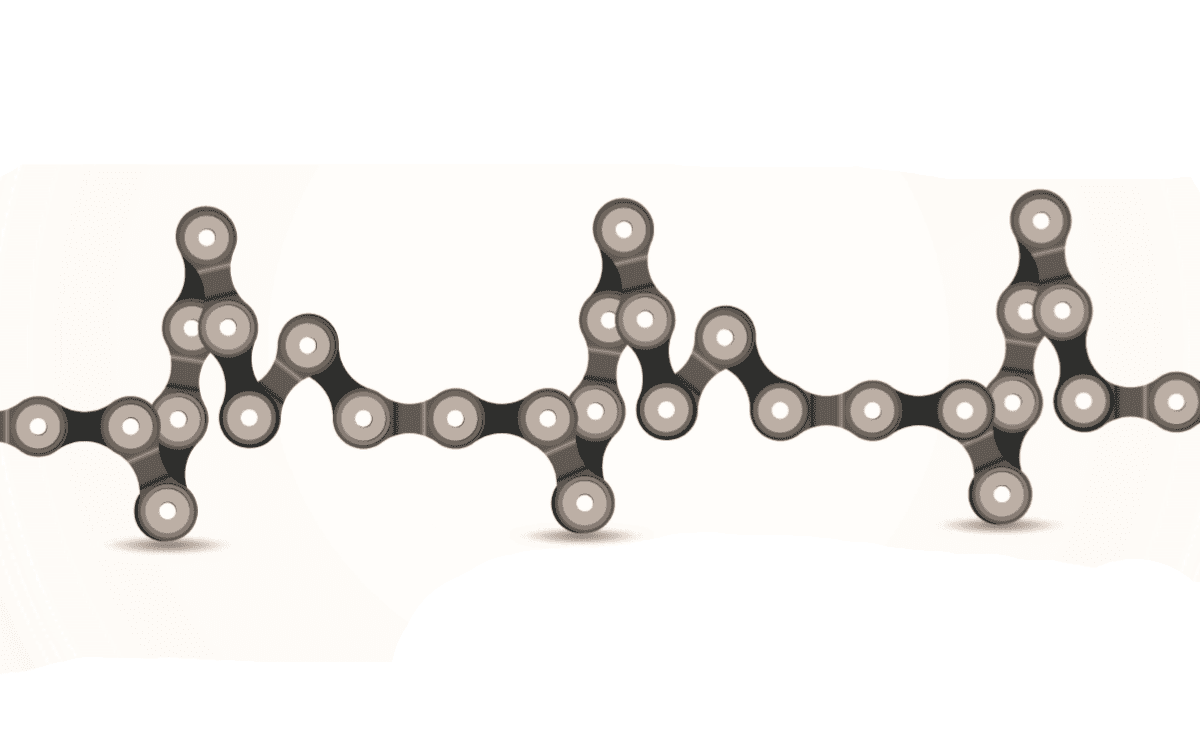Don’t HIIT it all winter
Training with intensity has its benefits, but remember the importance of tempo workouts

by Andrew Randell and Steve Neal
Lately, it seems everyone’s obsession in cycling circles is maximal power, as if cycling only consisted of maximal efforts up the hill on the local club ride. What riders forget about is all the time and pedalling it takes to get to the hill.
This focus on maximal power has come into fashion with the introduction of high-intensity interval training (HIIT). Research shows that doing HIIT training can improve your maximal and endurance abilities, so now many cyclists think we should train this way all the time. While HIIT does play a part in a proper training program, it is only a small one. Having a high capacity to do training, or an impressive maximal wattage, isn’t a good indicator of how you will perform outdoors.
RELATED: Zwift winter-training plan: Week 1
Cycling events and weekend club rides tend to be multihour endeavours, often being in excess of three hours or more. What becomes important in this scenario is what kind of work you can do in an aerobic capacity – what your tempo ability is – and your body’s ability to use its various fuels. Your body burns carbohydrate (sugar) or fat on a ride. Most riders can only store about 2,000 calories of carbohydrate, however, even the skinniest of riders have an almost limitless store of fat available.
When you ride at or below your tempo heart rate, which is 80–83 per cent of your maximal heart rate, your body is burning fat primarily, with a little bit of sugar, as its fuel source. Anything above this heart rate and the mix starts to change, with sugar becoming the primary fuel. The harder the effort, the more sugar you need in order to do it. You need sugar to jam with the best when the time comes.
Now let’s consider what is happening when you are doing your club ride after a winter of “hard” training. You have spent a lot of time training at threshold and doing work. Your maximal power has increased slightly. But what we want to know is how strong your tempo ability is relative to this maximal power.
Typically at our gym, we would say that your tempo power needs to be at 75–80 per cent of your maximal power in order to be in balance. If your tempo ability isn’t very strong – even though you can push out a big maximal wattage number – your heart rate will likely be above the 83 per cent ceiling of the fatburning, tempo zone when you are riding in the group. A high heart rate means that while you are riding in the group, you are burning mainly sugar as a fuel source. Do this long enough, say during the time it takes to get to the point on the ride where everyone likes to jam, and you won’t have any sugar left to burn as a fuel source. You won’t be able to keep up and will be left wondering why the other riders are better.
A simple explanation is that the stronger riders likely have a better tempo ability as a percentage of their maximal power. While riding in the group, they can ride below the 83 per cent heart rate ceiling for tempo, burning primarily fat as their fuel source and saving the sugar for when it matters. Interestingly, their maximal power may be lower than yours. Yet, when they get to the jam session, despite having a lower maximal power number, they are able to ride fast because they still have sugar left in their systems.
RELATED: 5 trainers for riding online
We aren’t saying that isn’t important. This type of effort is what can determine making the split on the group ride or the race-winning move. But you still need an aerobic system to get to the point in your ride to make the big effort. You need to get there with sugar to burn. Making sure that your aerobic system is adequately developed is the way to do this.
